
Menez
S/Título
Lisbon, Portugal, 1926 – Lisbon, Portugal, 1995
In 1954, she met José-Augusto França, then reinvigorating the Galeria de Março with a project to promote modern, and especially abstract, tendencies within European and Portuguese art. The first exhibition of Menez’s work – gouaches selected by the poet Sophia de Melo Breyner Andresen – took place at this gallery the same year. The small and medium scale works from this period show the influence of the non-figurative tendency which was for Menez, an accomplished and sensitive colourist, a natural fit. Her fluid and visible brushwork imbued her paintings with an atmospheric and diaphanous quality which critics praised for its neo-impressionism. Her skill as a colourist is also evident in her use of an extensive palette of colours organised in tonal gradations or, conversely, exploding in intense contrasts of light and shade over constructed structures arranged in squares. Garnering instant critical acclaim for her work, Menez took part in the foremost group exhibitions of emerging artists during the 1950s, such as the Exposição de Pintura Moderna Portuguesa [Modern Portuguese Painting Exhibition] of 1955 (Student Association of the Science Faculty, Lisbon), the 1º Salão dos Artistas de Hoje [First Salon of Today’s Artists], in 1956, and Cinquenta Artistas Independentes [Fifty Independent Artists], in 1959.
Menez was awarded a Gulbenkian Foundation grant on two occasions, between 1964-65 and in 1969, while living in London, having taken part in three editions of the Foundation’s Visual Arts Exhibitions (1957; 1961, when she received Second Prize for Painting; 1986). Throughout the 1960s and 70s, her work was regularly included in major international exhibitions of Portuguese art (Tokyo Biennial, 1966; Art Portugais – Du Naturalisme à nos jours, Brussels, Paris, Madrid, 1967; Pintura portuguesa de Hoy – Abstractos y neofigurativos, Madrid, Salamanca, Barcelona, 1973; Portuguese Art since 1910, London, 1978).
Around 1965, a shift in the artist’s style becomes evident, away from the informalism and airy, dynamic lyrical expressionism that she had been exploring, towards a new understanding and treatment of the coloured form on the picture plane, which was now contained within closed lines, establishing new rhythmic and contrasting relationships with the background, the visual information predominantly inscribed on white or light coloured backgrounds. Graphic signs and patterns, compressed and amalgamated volumes and occasionally human figures acquire a consistency and weight in the forms, though without sufficient clarity to allow the message to be explicitly or unequivocally interpreted. During the first half of the 1970s, the artist’s work further evolved through a more muted use of colour, notably greyish tones with hints of blue or green.
In the 1980s, Menez’s creative path changed again, following a period of inactivity triggered by the death of her children. From this point, her works show signs of a coded and enigmatic theatricality, suggested by the organisation of the pictorial space as a simulacrum from which other half-open spaces multiply, unfolding from each other, scenarios inhabited by objects and figures, some of whom, with their pallid colour and anachronistic dress, evoke the far-off times of ancient or renaissance art. Doors, facades, entrances, colonnades and other transitional areas (balconies, baroque gardens) are the settings for wandering figures and characters – taken from real life or from dreams, from past and present – always suggesting an uncompleted act suspended between two periods of times, in which the artist sometimes portrays herself as a distant and passive observer. During this period Menez also painted a number of ‘still life’ paintings, showing her skills as a colourist: vases with flower arrangements or scenes from her domestic interior, the studio, with screens, corridors, pots of paint and brushes and more jars of flowers, or a self-portrait in the kitchen, with patterned tiles and painting implements. This series preceded and foreshadowed the development of her drawing in a baroque direction in which she tackled religious themes (a Saint George and the Dragon; a Hell, a Paradise, 1990) or explored eighteenth century narrative and setting, evident in her investigation of the baroque tile and also reflected in her painting, drawing and tapestry through, for example, the reduction of her palette to the traditional blues and whites of Portuguese narrative tiles, and the stony pallor of the characters who engaged in her improbable and unreal scenarios.
Menez’s legacy also includes works created for tiles, some of them well known to Lisbon’s inhabitants, such as those she created for the Lisbon Underground (Marquês de Pombal Station, 1995), or for the Psychology Faculty of the University of Lisbon (1990; Honourable Mention in the Jorge Colaço Municipal Prize for Tiles in 1991 – with a figurative pattern composed of alternating sequences of dancing angels). In a similar vein, mention should also be made of the panels she designed for the University of Coimbra (Health Sciences Centre, installed in 2007) and for the University of Minho (Biomedical Research Association, 1989), all of them in collaboration with Galeria Ratton. In 1990, Menez was awarded the Pessoa Prize for her overall body of work, which was the subject of a major retrospective the same year at CAM. In 2007, her work was once again the subject of a retrospective organised by the Manuel de Brito Art Centre in Algés, a tribute to the longstanding friendship that developed between the painter and the collector and owner of Galeria 111 after they met in the 1960s.
Ana Filipa Candeias
May 2013

S/Título
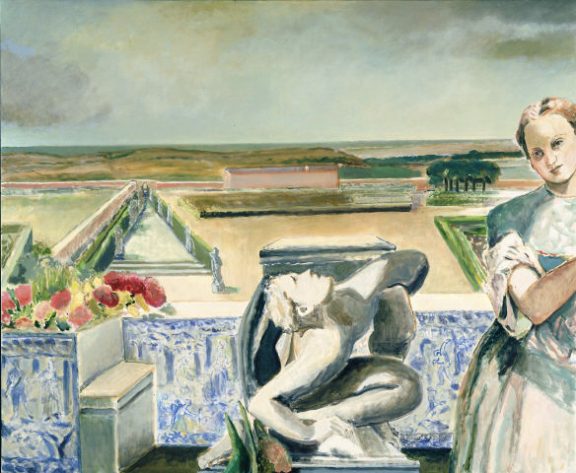
S/Título
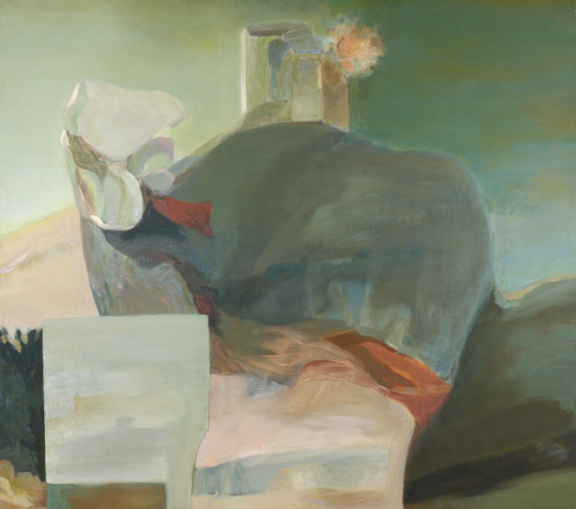
Pintura
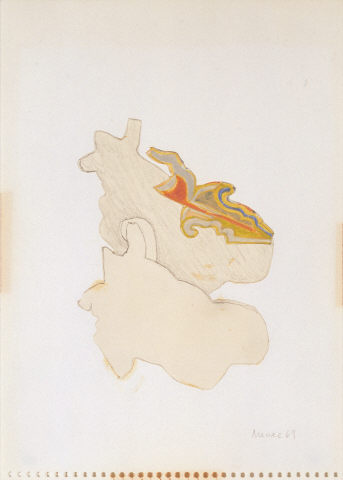
s/título
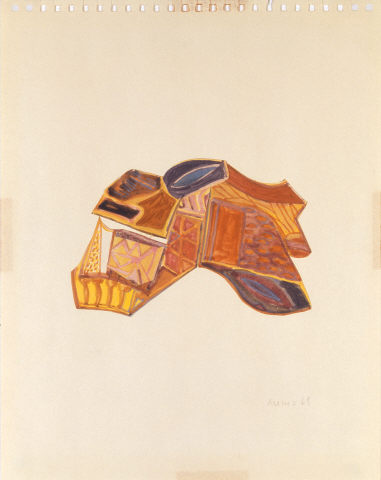
s/título
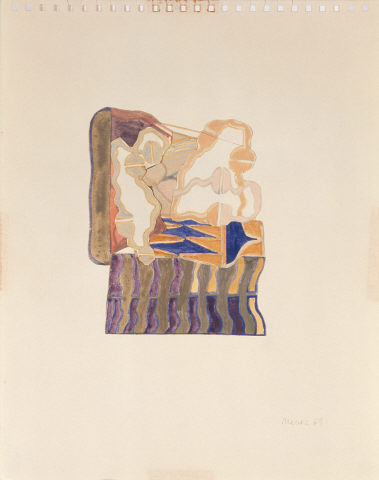
s/título
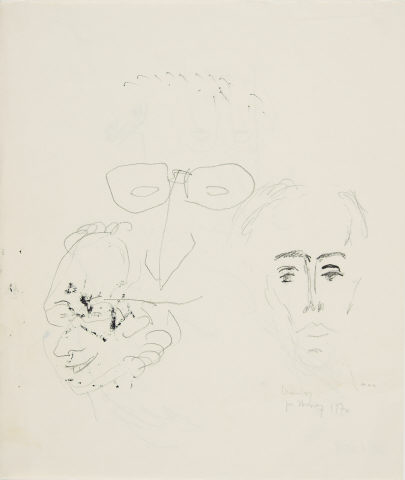
Retrato de Cesariny (apontamenteo)
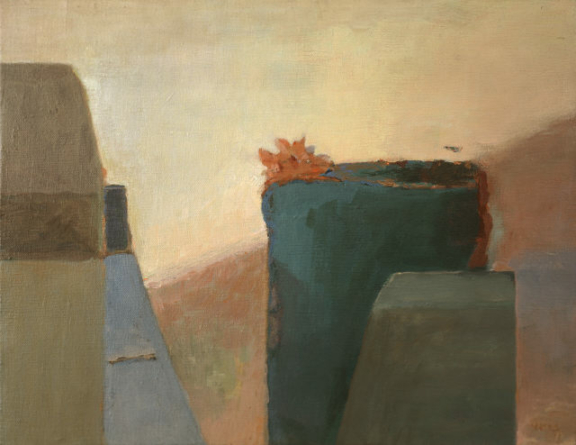
S/Título

Gravura (II)

Retrato de Areal
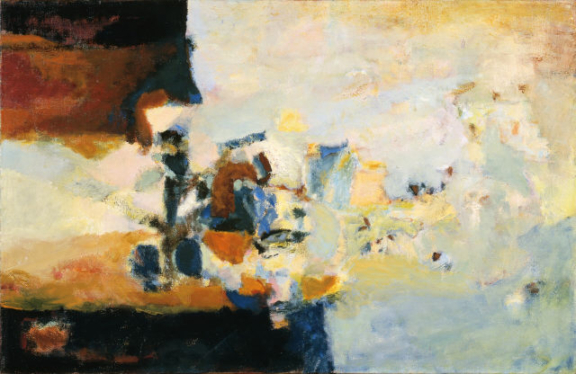
Pintura

Gravura (I)
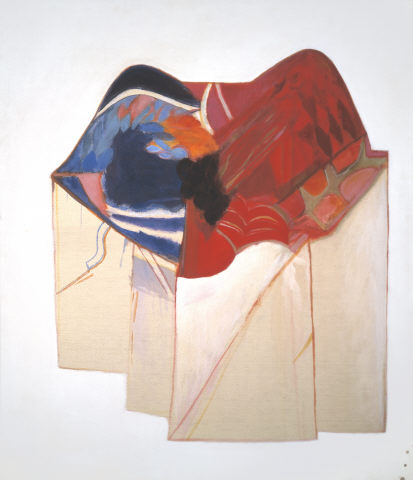
S/título
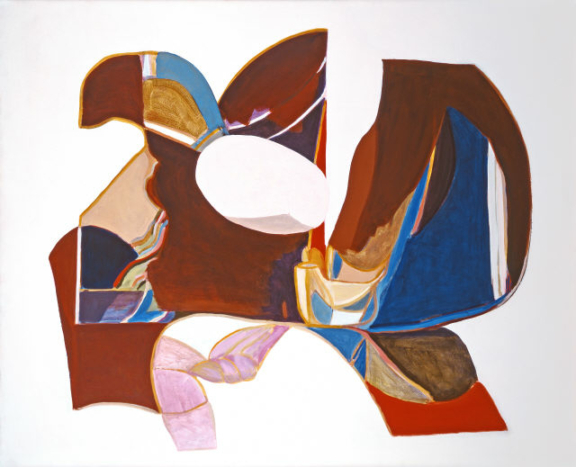
S/Título
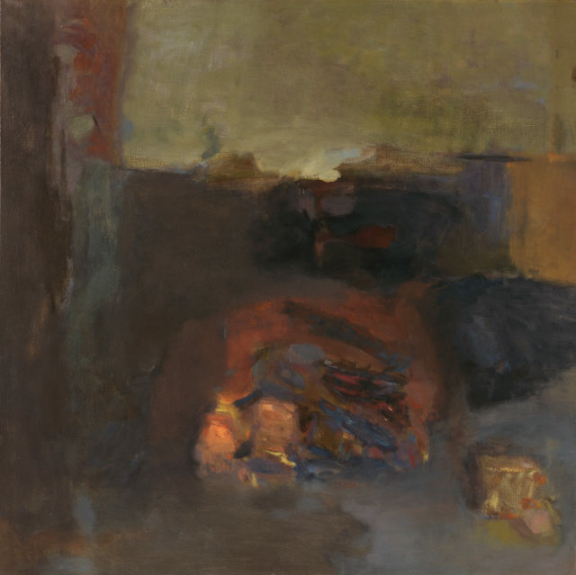
Pintura

s/título
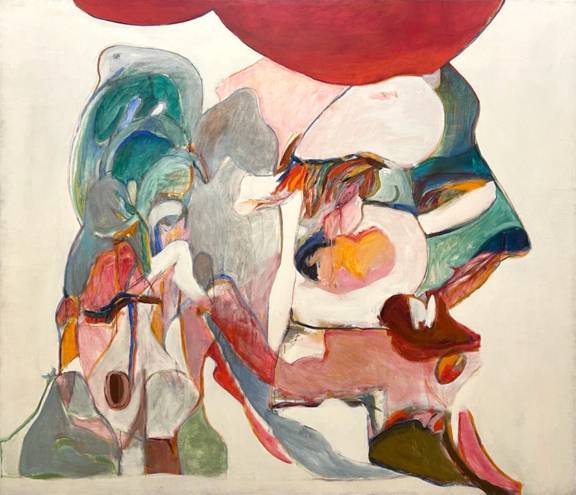
Henrique VIII

s/título

S/título

s/título
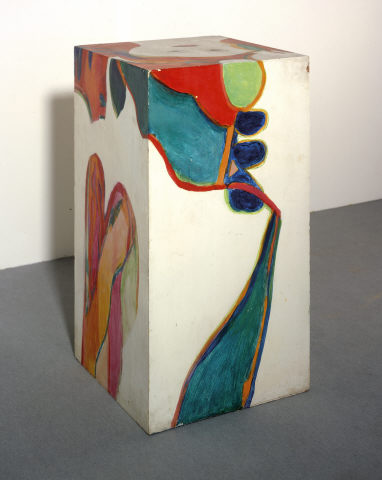
Objecto (Paralelepípedo)